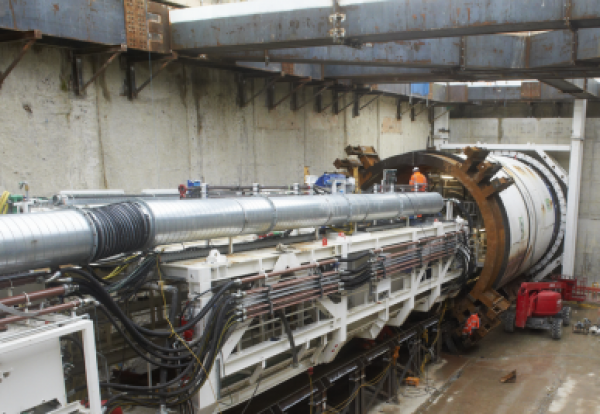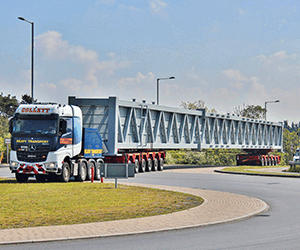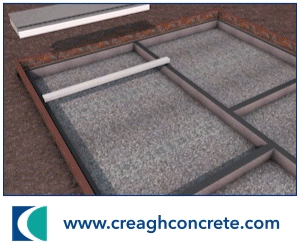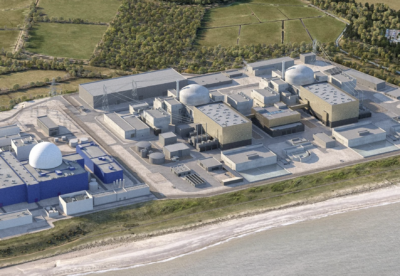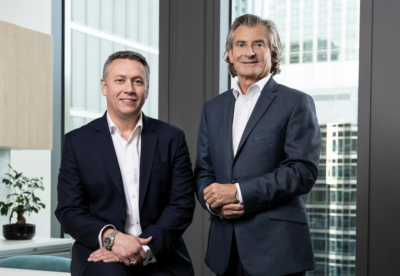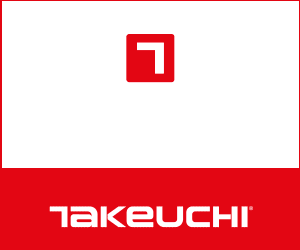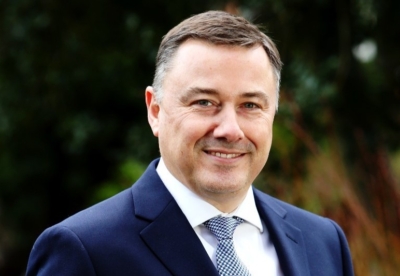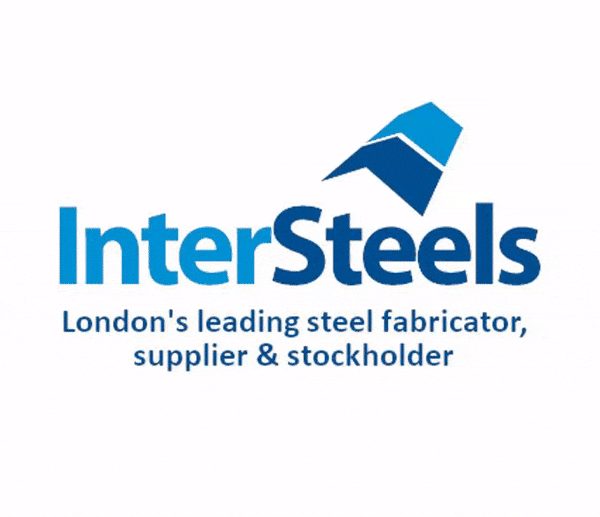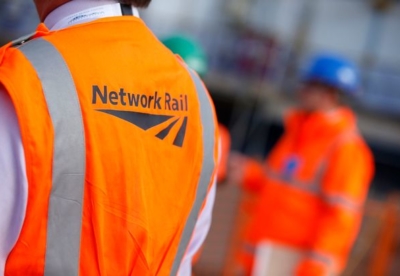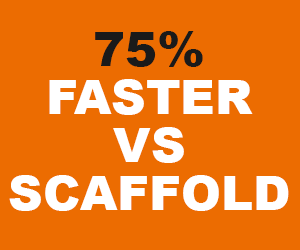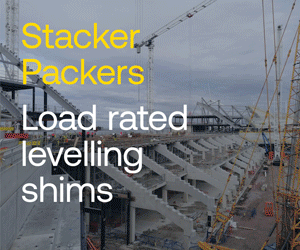The 110m-long machine, named Sophia after the wife of Marc Isambard Brunel who built the first tunnel under the Thames, is scheduled to drill at an average rate of around 100m a week.
She will have 20-man tunnel gangs working in shifts – 12 on the TBM and eight working between the rear of the machine as it drives from Plumstead to North Woolwich.
Sophia is different to the tunnelling machines being used elsewhere on Crossrail.
Known as a ‘slurry’ machine, she is equipped to deal with the chalk, flint and wet ground conditions expected on the drive.
Sophia’s sister machine, Mary, is scheduled to start tunneling in mid-2013, and will construct a second tunnel alongside the first.
As part of the tunnelling process, the excavated soils will be pumped out as liquid slurry to a special site treatment plant at Plumstead. The slurry will be separated into sand, gravel, water and chalk. The chalk will come out in ‘cakes’ or slabs of filtered chalk particles.
Andrew Wolstenholme, Crossrail’s chief executive said: “The start of tunnelling in south east London marks another milestone for Crossrail.
“The benefits for southeast London are huge – for the first time people living between Abbey Wood and the Royal Docks will be able to travel right through the centre of the capital without having to change trains, bringing Canary Wharf, the West End and Heathrow closer than ever before.”
Across the whole Crossrail project, eight tunnelling machines will construct 13 miles of twin tunnels under London.





